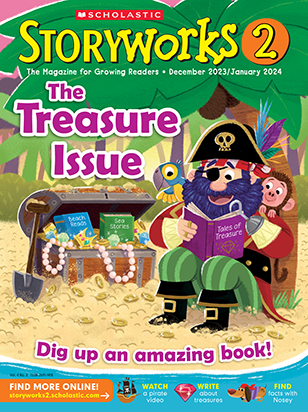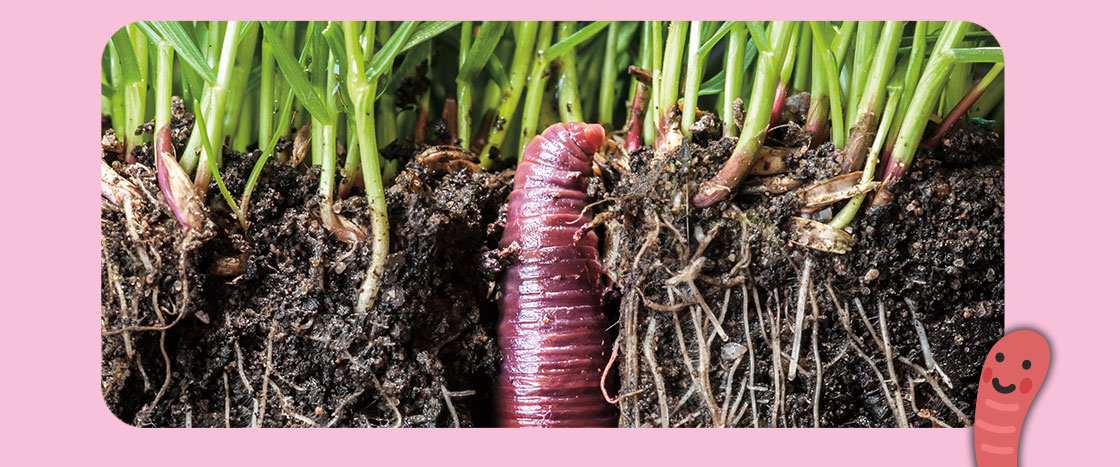ELA Focus: Quiz (10 minutes)
- Pass out the quiz for a quick comprehension check.
- We offer both multiple-choice and written-answer formats for the quiz.
ELA Focus: Write Key Details to Nosey at [email protected] (20 minutes)
- It’s time to help Nosey fill out her Fact File! Print out Nosey’s Fact File from the Resources section of our website. Kids can find facts from the article. They can work in small groups or individually.
- Each fact box is scaffolded to help kids know what to write.
- You can also do this as a whole-class activity and email their Fact Files to Nosey at
[email protected]!
Show “Nature’s Tiny Gardeners” Video
- Watch this short, delightful video to give kids more information about how worms and other tiny creatures help gardens.
Enrich the Learning: Paired Text Opportunities (15 minutes)
- Making text-to-text connections builds knowledge and comprehension. We layer Storyworks 2 with many ways for your students to make connections.
- Two Different Texts Use this printable to help your students compare and contrast the fiction story, “House of Worms” (pages 24-29) with the Words & Pictures feature, “Worms!”
Scavenger Hunt Slide Deck (20 minutes)
- We created a Scavenger Hunt Slide Deck for several stories in this month’s Storyworks 2, including this Words & Pictures piece. The scavenger hunt can be done by students independently at home or during class time.
- This is a self-contained group of slides that guide your students on a scavenger hunt through the whole issue. It’s not only fun; it helps them make text-to-text connections.

